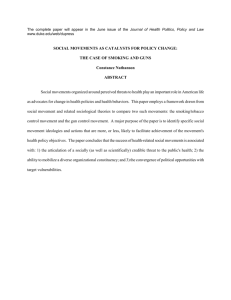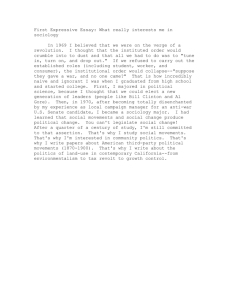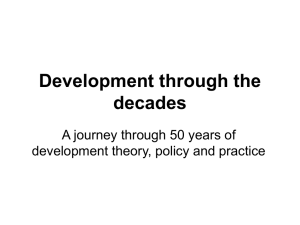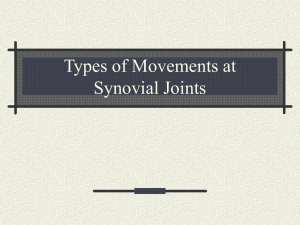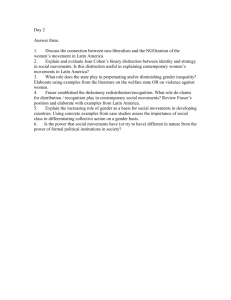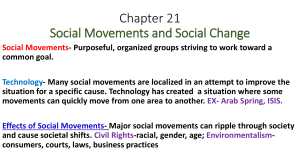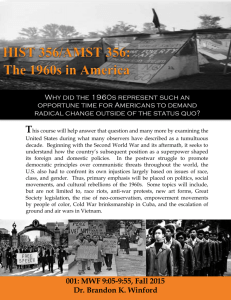Joint Movements
advertisement
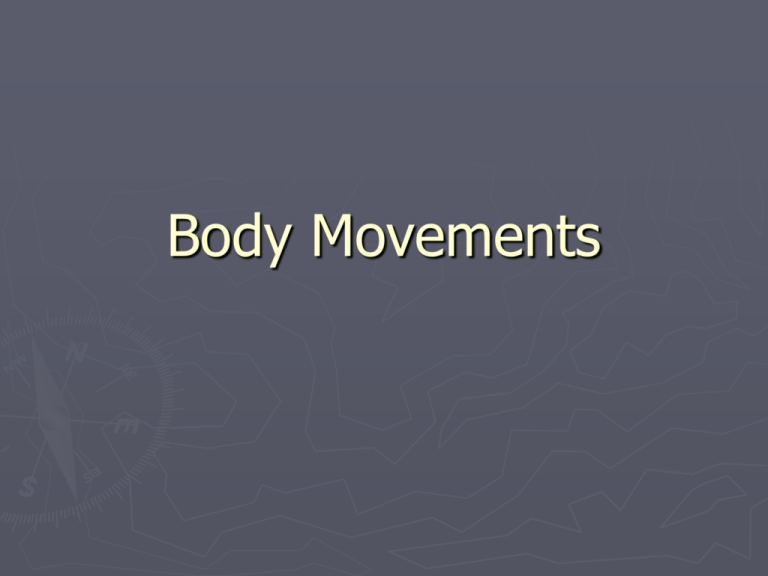
Body Movements Types of Ordinary Body Movements ►Flexion Decreases the angle of the joint Brings two bones closer together Typical of hinge joints like knee and elbow ►Extension Opposite of flexion Increases angle between two bones Types of Ordinary Body Movements Types of Ordinary Body Movements Hyperextension: results when angle is > 180 ̊ Types of Ordinary Body Movements ►Rotation Movement of a bone around its longitudinal axis Common in ball-andsocket joints Example is when you move atlas around the axis vertebra (shake your head “no”) Types of Ordinary Body Movements ►Abduction Movement of a limb away from the midline ►Adduction Opposite of abduction Movement of a limb toward the midline Types of Ordinary Body Movements ►Circumduction Combination of flexion, extension, abduction, and adduction Common in ball-andsocket joints Special Movements ►Dorsiflexion Lifting the foot so that the superior surface approaches the shin ►Plantar flexion Depressing the foot (pointing the toes) Special Movements ►Inversion Turn sole of foot medially ►Eversion Turn sole of foot laterally Special Movements ►Supination Forearm rotates laterally so palm faces up (anterior) ►Pronation Forearm rotates medially so palm faces down (posterior) Special Movements ►Opposition Move thumb to touch the tips of other fingers on the same hand Special Movements ► Elevation – movement in a superior direction Shrugging shoulders elevates scapula Closing mandible during chewing ► Depression – movement in inferior direction Opening mandible during chewing Special Movements Protraction – anterior movement in a transverse plane sliding forward motion of mandible ► Retraction Posterior movement in a transverse plane ►Sliding mandible backward retraction Special Movements ► Gliding occur as relatively flat bone surfaces move past each other produce very little rotation or angular movement of the bones joints of the carpal and tarsal bones
